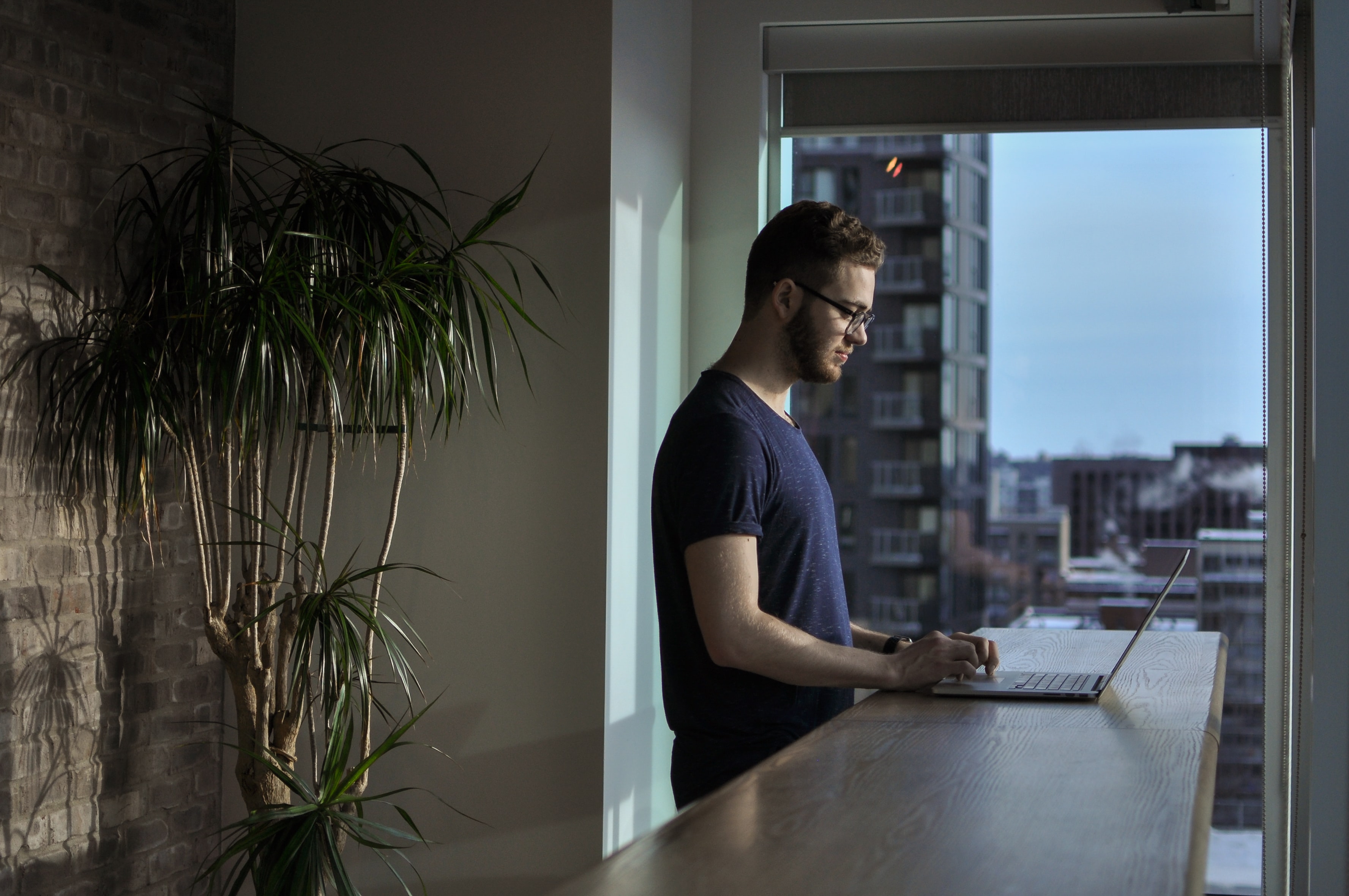If you are working from home and feeling distracted, isolated, displaced, and less productive, you have a lot of company.
In a recent survey, Morning Consult asked full-time workers working remotely about the downside of their new work environment. The top five negative aspects, and the percentage of respondents reporting them, were:
- Distractions/lack of focus: 40%
- Feeling isolated: 40%
- Blurring between work and personal life: 34%
- Adjusting to new work dynamics: 34%
- Lack of technology: 18%
When I read this, I felt much less alone in the struggles I’ve faced since my company shut down our physical office on March 16.
Of our staff of eight, three live in other states and already work virtually. We meet with around 50% of our clients virtually, so virtual meetings for our company posed no disruptions. Of the five of us that work locally, two had home offices with the technology already in place. Two were able to move their office computers to their homes.
We’ve always supported flexibility in work/life balance, so integrating home schooling and personal schedules into everyone's workdays was no problem. Most of my associates felt they were almost as productive working from home. Almost all found themselves working more hours—due both to the accessibility of their workspaces (down the hall rather than a 20-minute commute) and the volume of work that rolls in when there is a financial crisis.
I was a bit of a different story. While I am accustomed to working on the road, I had no dedicated office space in my house. Working from my dining room table on a laptop and an iPad, I missed my scanners, laser printer, webcams, high quality mic, and three monitors. Having the occasional cat tail drift through my Zoom video did not support my need for privacy, professionalism, or focus. Neither did having a view of my yard and all the uncompleted projects calling me. I quickly checked the box for distractions, lack of focus, and lack of technology.
For me, the solution was to continue to go to my office—safely isolated as the only person there—until I could set up a workspace at home and install the necessary equipment. Given that the whole country was in need of the same technology components as I, it took over two months to get everything in place.
For me, the worst downside of working from home is the isolation. While meeting virtually with clients and remote peers was normal, the loss of connection with my local coworkers—whom I view more as friends and family than "people at work"—was not. Combined with the sheltering-in-place needed to keep my family and me safe from the COVID-19 virus, the isolation wins hands down as the most impactful downside.
The virus is still spreading in our rural community. I suspect we will be working and meeting with our clients remotely for some time yet, especially as many of our clients are older and in the high-risk category. I also believe that virtual meetings are preferable to in-person meetings where everyone wears masks and stays six feet apart.
A year ago, a consultant I engaged told me that, in order for the company to thrive, we needed to go virtual. Despite all the virtual aspects we already had, I resisted the idea of becoming a totally virtual financial planning firm. Today, we are one.
If we can figure out how to maintain the energy, synergy, and connection that working personally with colleagues provides, it’s possible we may never return to our offices. While I remain doubtful that will happen, working remotely will be our company’s reality for the foreseeable future.



